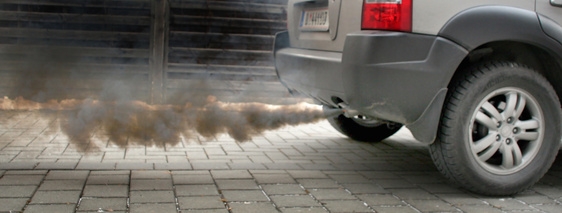
The Chevy Venture minivan was manufactured by General Motors for from the years 1997 to 2005. All of these vans are equipped with GM's 3.4 liter V6 engine with overhead valves and 180 horsepower. The engine has electronic fuel injection and an advanced emission control system. Troubleshooting the engine requires knowledge of fuel systems, electrical systems, and emission control systems. Stalling problems commonly trace back to emission control system problems and many of these require a diagnostic computer to check definitively.
Check for a faulty Idle Air Control (IAC) valve. The only definitive test for a faulty IAC is to do a scan with a diagnostic computer, but here is how to do a preliminary test.
Start the engine from cold and listen to the idle. The rpm's should vary up and down as the engine warms up.
Once warmed up, put your foot on the brake, put the vehicle in gear, turn on the air conditioning and turn the steering wheel back and forth to work the power steering. The idle should stay steady or go up slightly, but if it stalls or stutters instead then it is likely that the IAC is not working properly.
Check the fuel filter to see if it is clogged with dirt or water. Start by relieving the fuel pressure. Remove the fuel filler cap. Disconnect the negative battery cable from the battery with a wrench.
Remove the cap on the the fuel pressure test port. It is located immediately behind the power steering filler cap. Use a wrench or pliers to remove it. Bleed fuel into a suitable plastic container and keep cloths handy to absorb any spilled fuel.
Raise the vehicle up with a jack and lower onto jack stands. The fuel filter is located just in front of the fuel tank and is mounted to the underside of the vehicle floor. Use compressed air or a clean moist cloth to clean the lines and filter.
Squeeze the white plastic tabs on the filter's quick connect fittings with your fingers or pliers and pull the fuel lines from the filter. Keep rags handy to catch any spilled fuel. Replace the filter and check again for stalling.
Check for wet or damaged ignition system wires. Follow the spark plug cables from the spark plugs to the ignition control module and look for anywhere connections may have become exposed to moisture. Feel all the connectors to be sure they are attached solidly.
Check for faulty emission control devices. Generally this requires a diagnostic computer, but here are some things to check yourself. The Throttle Position Sensor is located right beside the throttle body. Check that the wiring terminals are tight and undamaged, and that wiring harnesses are securely fastened together.
Check the Manifold Absolute Pressure (MAP) sensor for tight wiring connections and secure harnesses. The MAP is found on the upper intake manifold plenum towards the firewall. Look for damaged wires or connectors.
Check the terminals and wiring harnesses on the Intake Air Temperature sensor which is located right where the air intake duct meets the throttle body.
Check the spark plug gaps with a gap measuring tool. The gap must be set at 0.060 inch. Models 1997 to 2002 use an AC type 41-101 platinum or equivalent plug. Models 2002 and later use a AC type 41-101 platinum or equivalent plug. Check the spark plug wires by observing them in a dark garage with no lights on. Damaged wires will show blue light if they are arcing. Check the connections at each end of the spark plug wires that they are clean and capable of attaching properly.